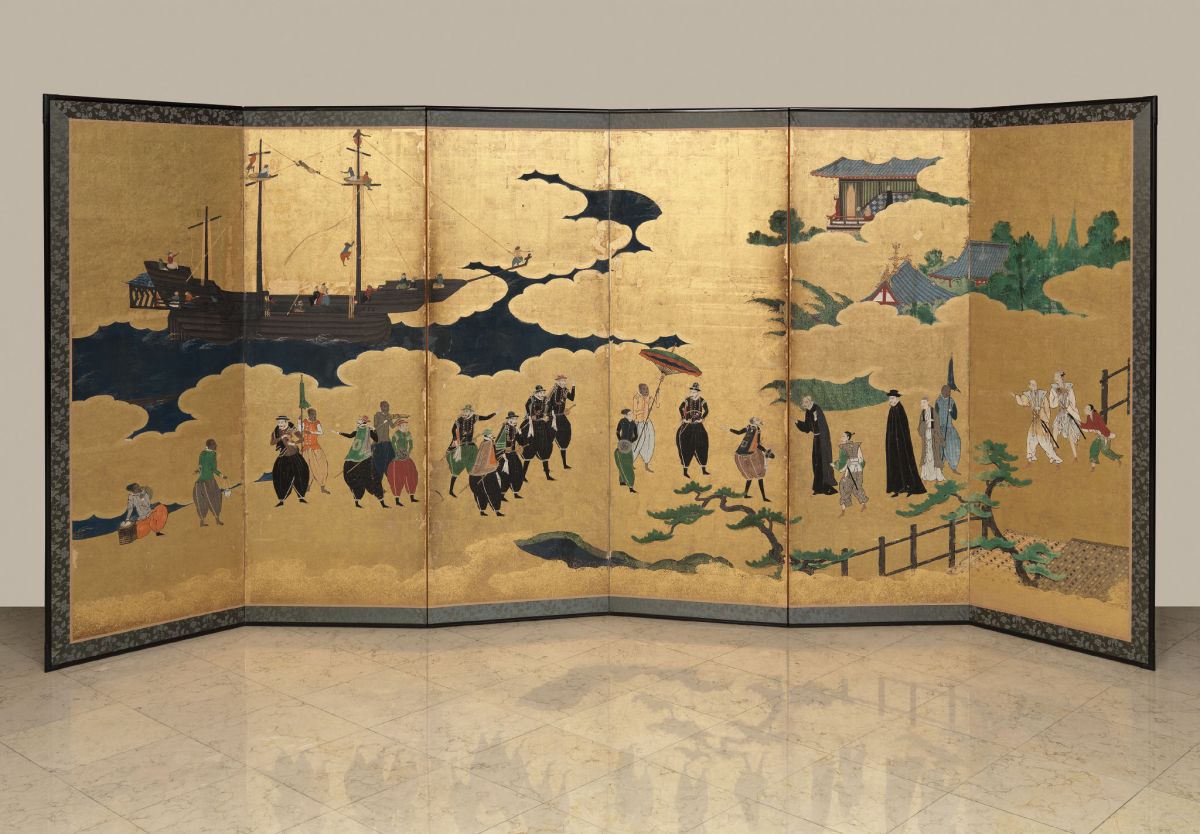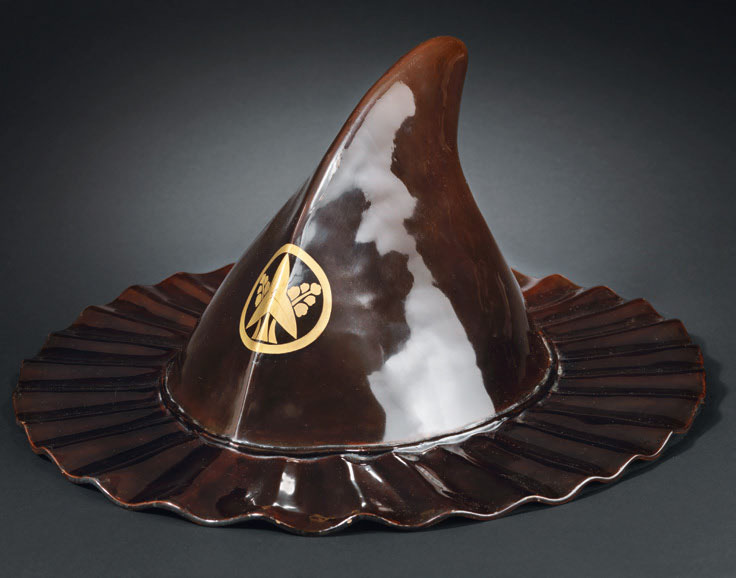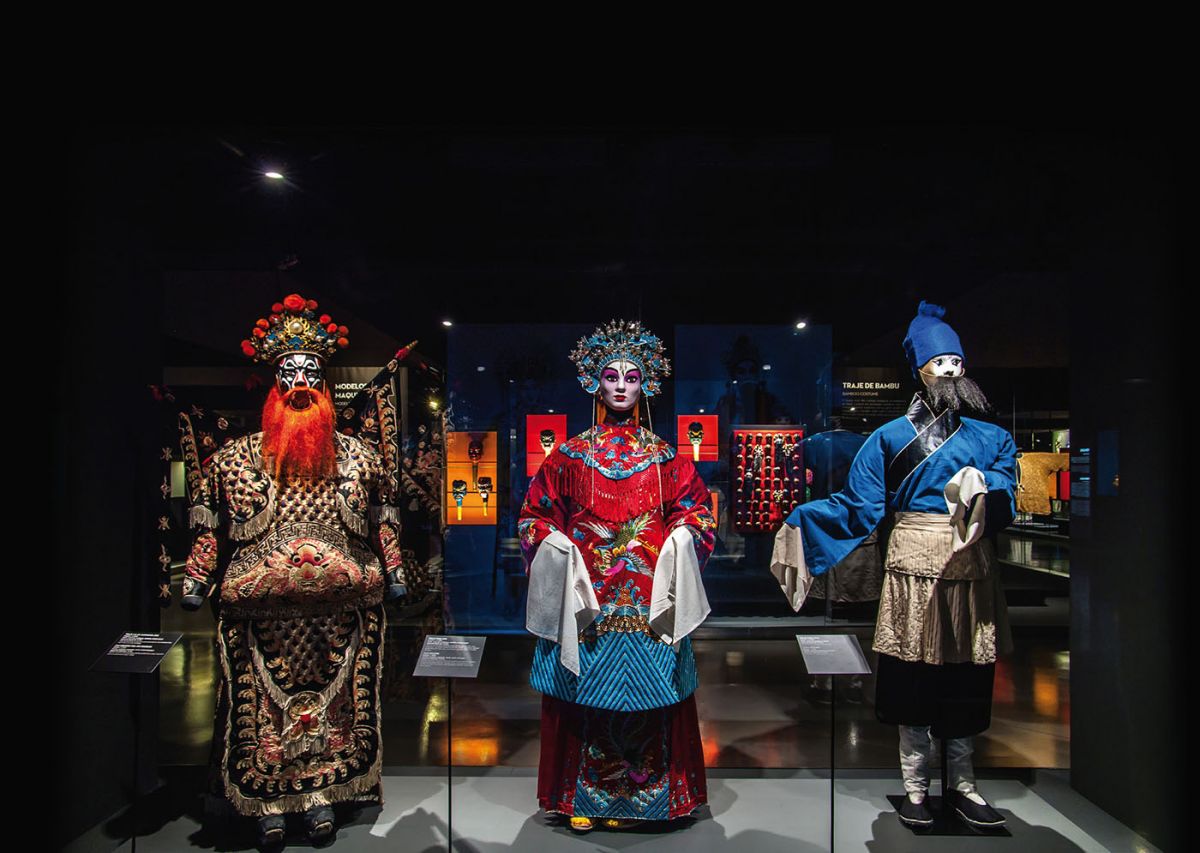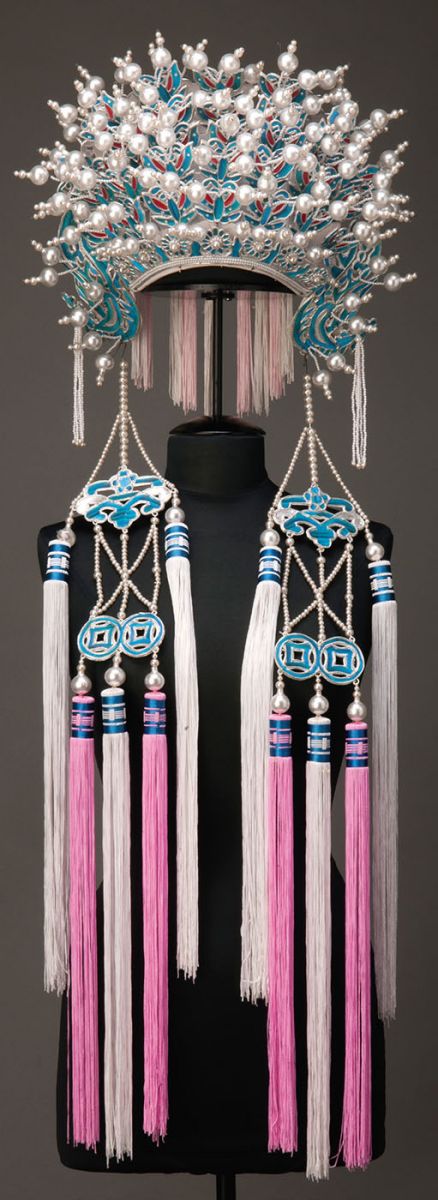A museum for the living history of Asia
Straddling past and present, art and anthropology, memory and actuality, Museu do Oriente in Lisbon is dedicated to the cultural dialogue between Portugal and Asia, presented through objects and narratives.
Opened to the public in 2008, the museum is the flagship project of Fundação Oriente in Portugal, and is steered by the foundation’s overall mission to foster mutual knowledge between Portugal and the Asian territories it is historically linked to. In addition to exhibitions, the Museum hosts a program of activities from live performances to workshops and lectures, anchored around its two main collections – Portuguese Presence in Asia and Kwok On. Inviting dialogue with contemporary artists, researchers, institutions and communities, these collections are as distinct as they are complementary.
Exchange of aesthetic influences
Assembled through a policy of acquisitions by Fundação Oriente since its inception in 1988, Portuguese Presence in Asia integrates around 3000 works of decorative arts, including furniture, lacquer work, silver and gold-smithery, ivory carvings, porcelain and textiles, as well as paintings, sculptures, books and maps. It strives primarily to illustrate Portugal’s pursuits in the East, driven by trade, evangelisation, and cultural exchange. As the country set out to become a seafaring trade and military power, strongholds were established in Goa, Malacca, Siam, and Macao. People and goods travelled along the new spice routes and a steady exchange of aesthetic influences and knowhow ensued. As local craftsmen received commissions from European patrons, exotic materials and traditional techniques were applied to western typologies, resulting in culturally layered, syncretic pieces.
Namban art is one such example. The term refers to the Japanese artistic style born of the contacts between the Japanese and the Namban-jin or ‘Southern barbarians’ from Europe, more specifically Portugal and Spain. Many of the pieces created bore witness to their unique historical moment. The folding ‘Namban screen’ shown in Portuguese Presence in Asia is a veritable visual account of the early encounters between the Portuguese and the Japanese. Dated to the Edo period (1615 -1868) in the style of the Kano school, it depicts the arrival of the kurofone or black trade ship coming from Macao, with its procession of clergymen, merchants, noblemen, slaves and interpreters, whose unfamiliar facial features, attire and accessories are minutely painted against a typical one-dimensional gold background. Even more impressive, the collection features an extremely rare Namban helmet, a hybrid piece replicating a Western design, made from traditional Japanese materials such as washi paper and lacquer. This is the only specimen of its kind on display in Europe.
As the political and geo-strategic world map shifted, and borders were redrawn, Europe-Asia relations changed, but the Far East – perceived as exotic, opulent and foreign, oftentimes tinged with a hint of decadence and danger – continued to enthral Westerners, from academics to artists, travellers, and writers. Throughout the 1800s, this fascination would spark a surge in systematic collecting, geared towards a museum-like representation of old civilizations and the diverse mosaic of Asian arts.
Thus, Portuguese Presence in Asia also focuses on European collections of artworks and archaeological pieces from the Far East, assembled in the 1800s and early 20th century. Chief among the exhibits is a series of Chinese Neolithic ceramics dating back to 3000 BC, funerary terracottas and a range of porcelain pieces in varying designs and decorative styles predating the ubiquitous blue-and-white. Here are also shown remarkable pieces on extended loan from other Portuguese national museums, such as the Camilo Pessanha and the Manuel Teixeira Gomes bequests, from the Machado de Castro National Museum.
Speaking to ancient practices and beliefs
Museu do Oriente’s second leading collection, Kwok On, is dedicated to Asian performing arts, their founding narratives and popular religions. This is an ethnographic collection that views objects in relation to their respective context, uses and symbolic power. Kwok On was donated to Fundação Oriente in 1999 by French sinologist Jacques Pimpaneau, who in turn had received it from Chinese theatre enthusiast and collector Kwok On, in 1971.
Initially composed of some six hundred objects and documents pertaining exclusively to Chinese dramatic arts, under the guidance of Mr. Pimpaneau and the stewardship of the foundation, the collection has grown not only in size but also in diversity. Every year, a mission is undertaken to procure new pieces but also get in touch with local artisans and communities. At present, it exceeds 13.000 artefacts. Geographically, it spans the whole of Asia, including India, Indonesia, Cambodia, and Thailand.
Kwok On documents puppet theatres from Turkey to China. It represents Noh, Kabuki and Bunraku theatre from Japan, Koothyattam and Kathali theatre from India, Chinese opera, Khon Thai from Thailand and Tazieh theatre from Iran. Highly codified and stylised, Asian performing arts represent the history and mythologies intrinsic to the daily life of these cultures, thus playing a crucial role in identity building. This means that Kwok On artefacts, though datable in terms of production, speak to ancient practices and beliefs that have remained relevant nowadays. This is one of the collection’s most engaging aspects.
Currently, The Chinese Opera is on display, featuring 280 pieces that include lavishly ornamented costumes, headdresses, make-up models, puppets, prints and musical instruments. Traditional Chinese opera is an elaborate form of drama and musical theatre; an amalgamation of singing, pantomime, acrobatics, martial arts and dance. Encompassing several regional styles, the diversity of opera rivals its longevity. Though the Cultural Revolution tried to turn it into a political tool, the opera experienced a revival from 1976 onwards and has now regained its standing as one of China’s foremost cultural treasures.
In presenting both Portuguese Presence in Asia and Kwok On, Museu do Oriente offers a many-sided view of Asian arts and traditions through time, as they resonate across religion and society.
Rute Paredes, Communication Department, Museu do Oriente. Lisbon, Portugal. www.museudooriente.pt



